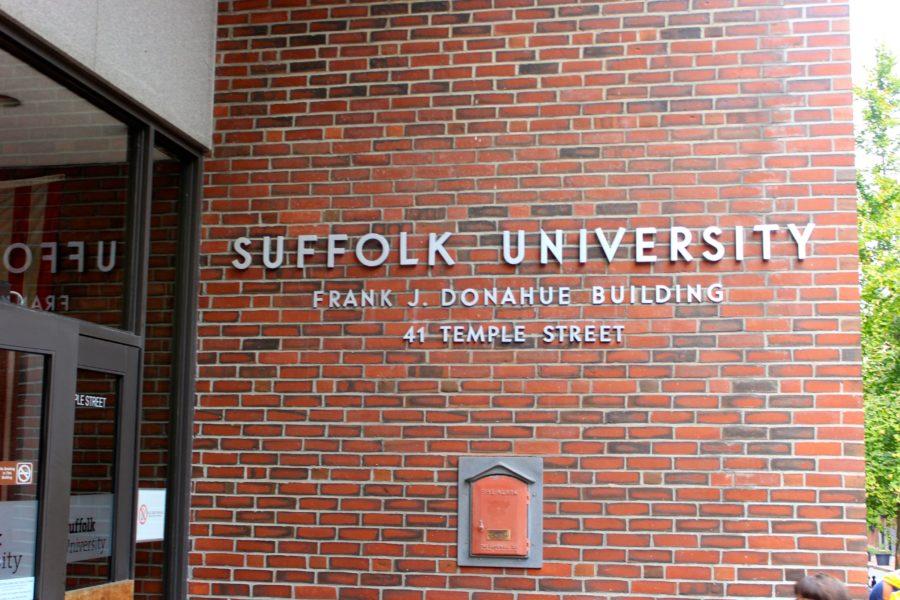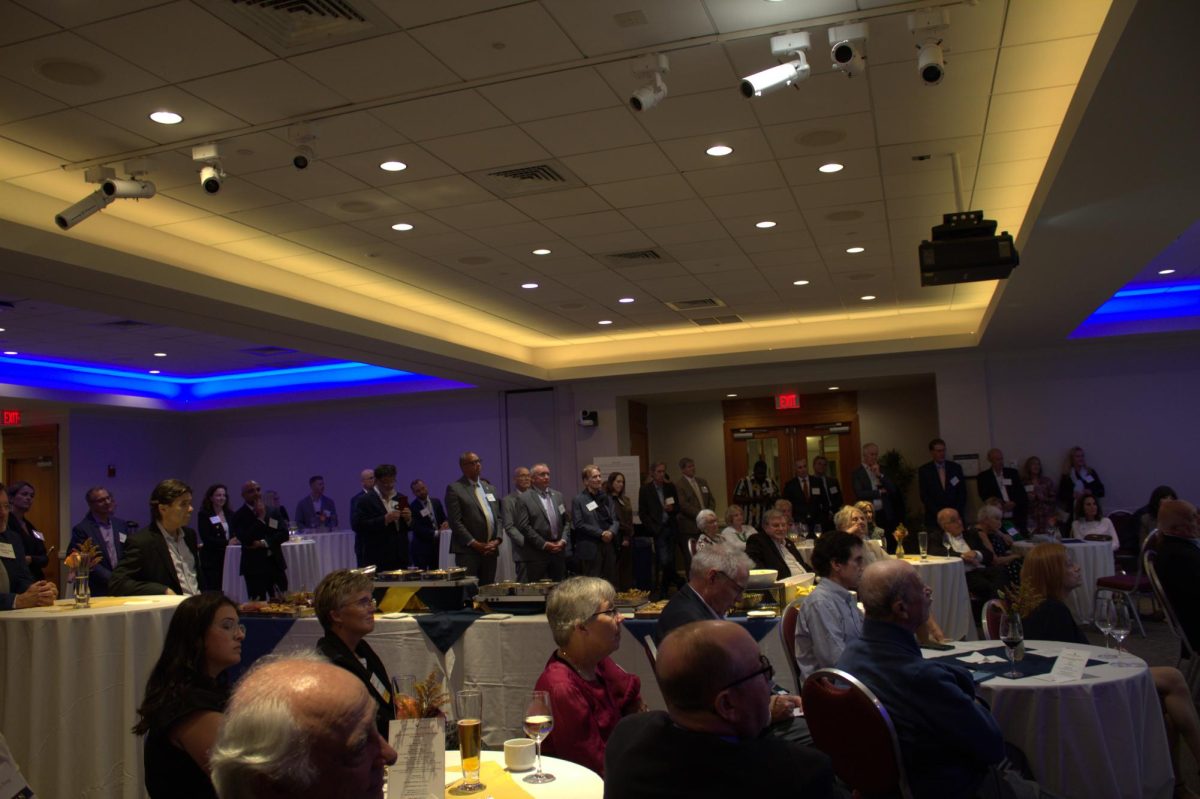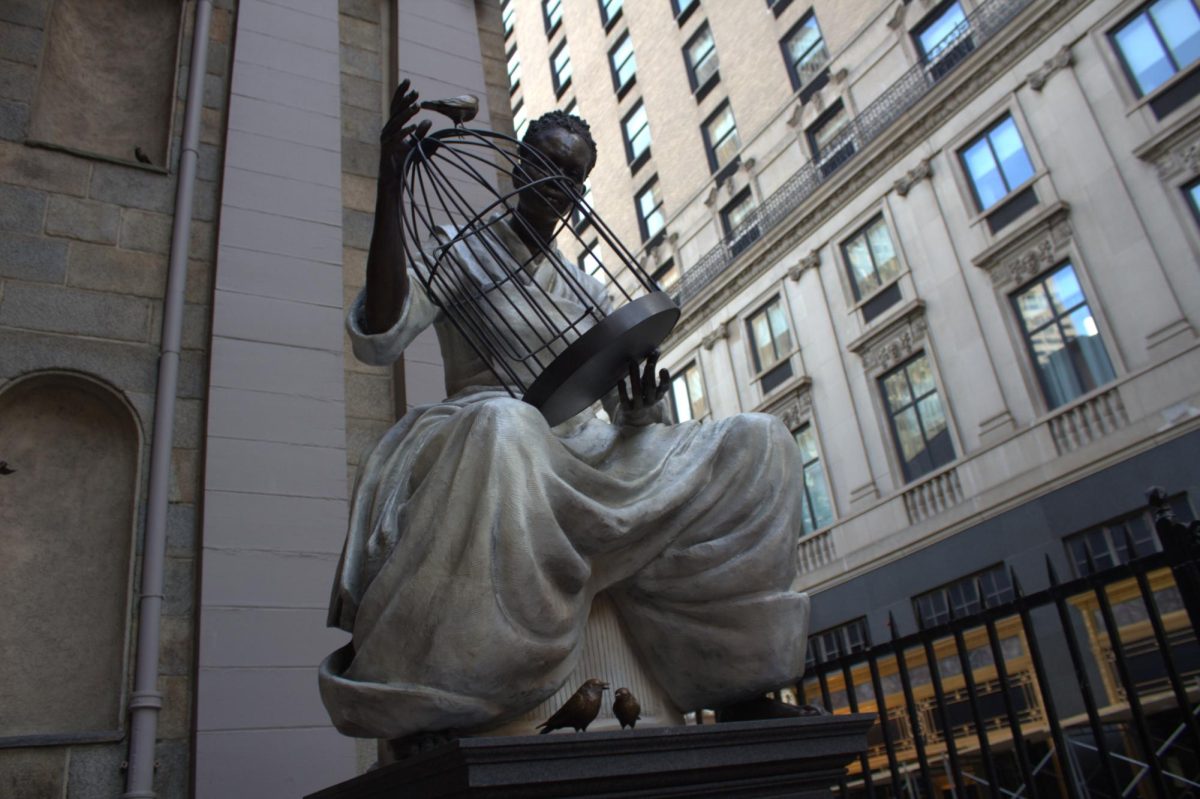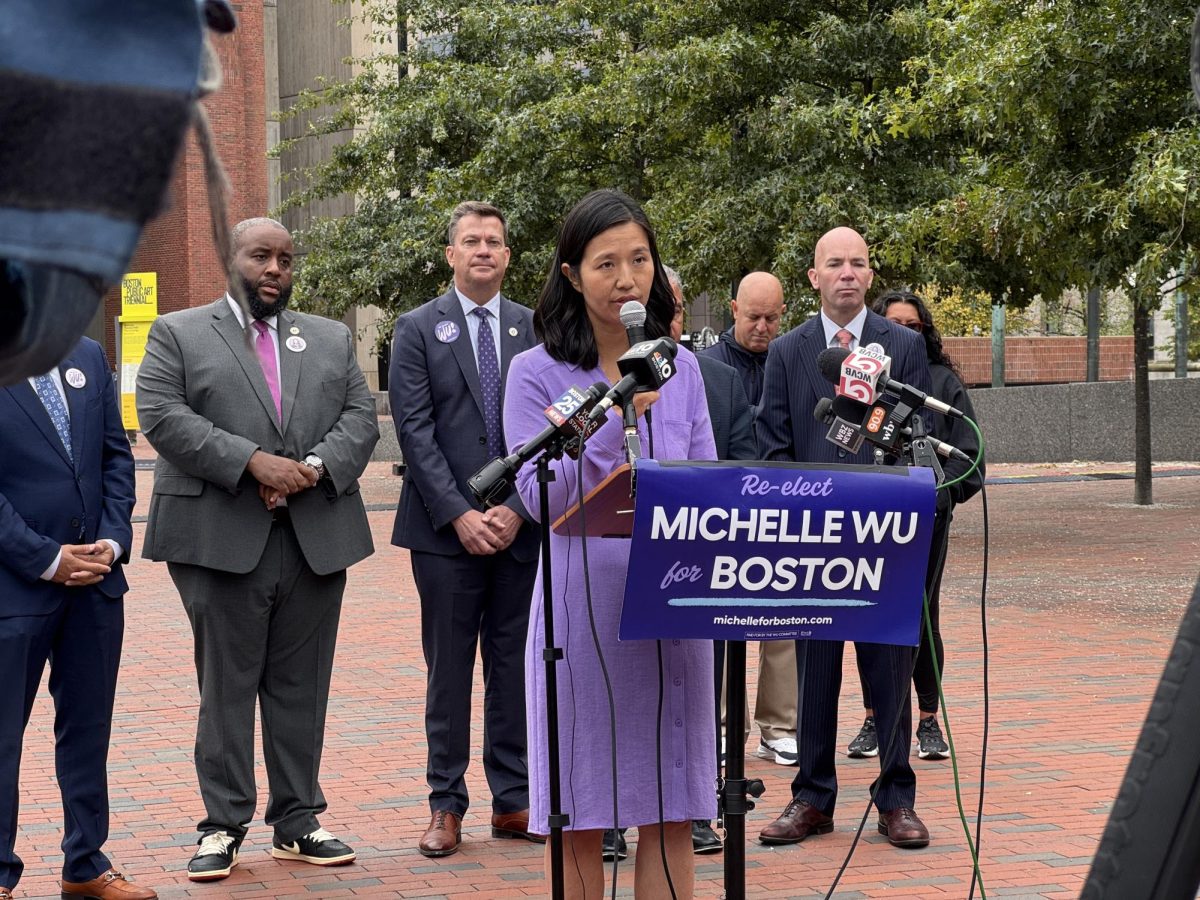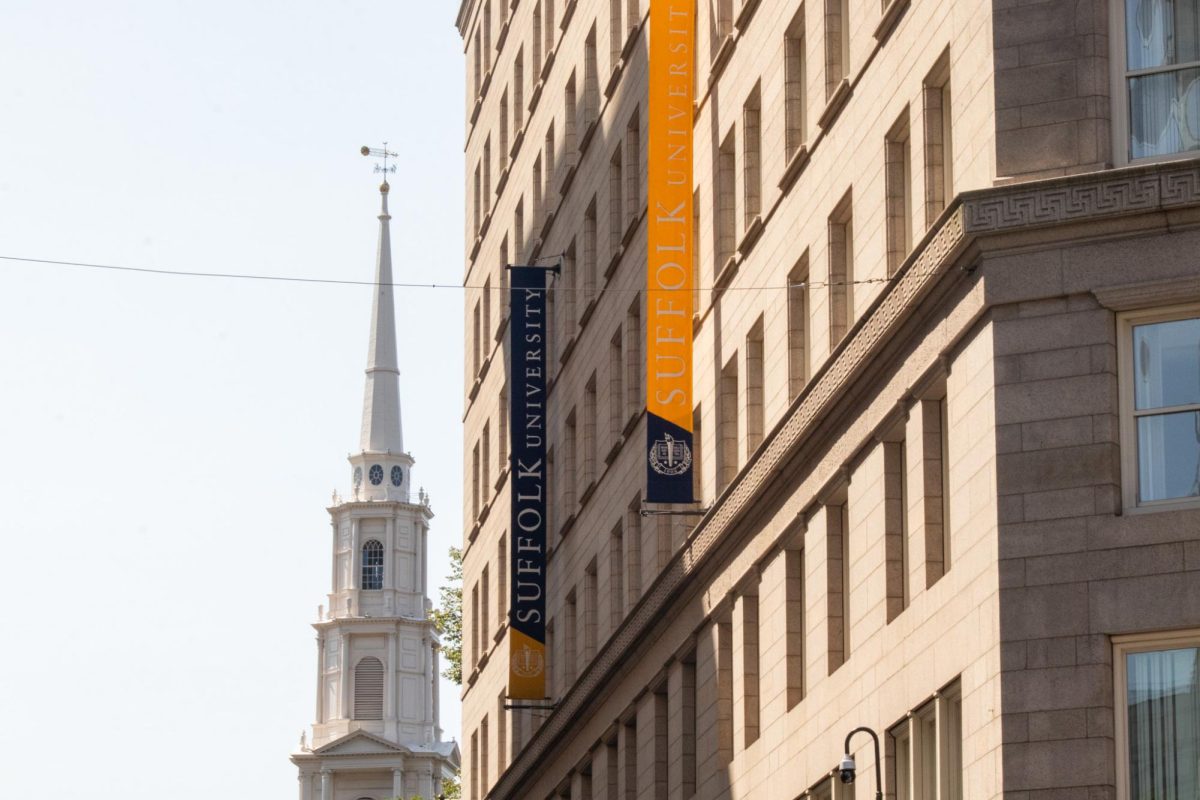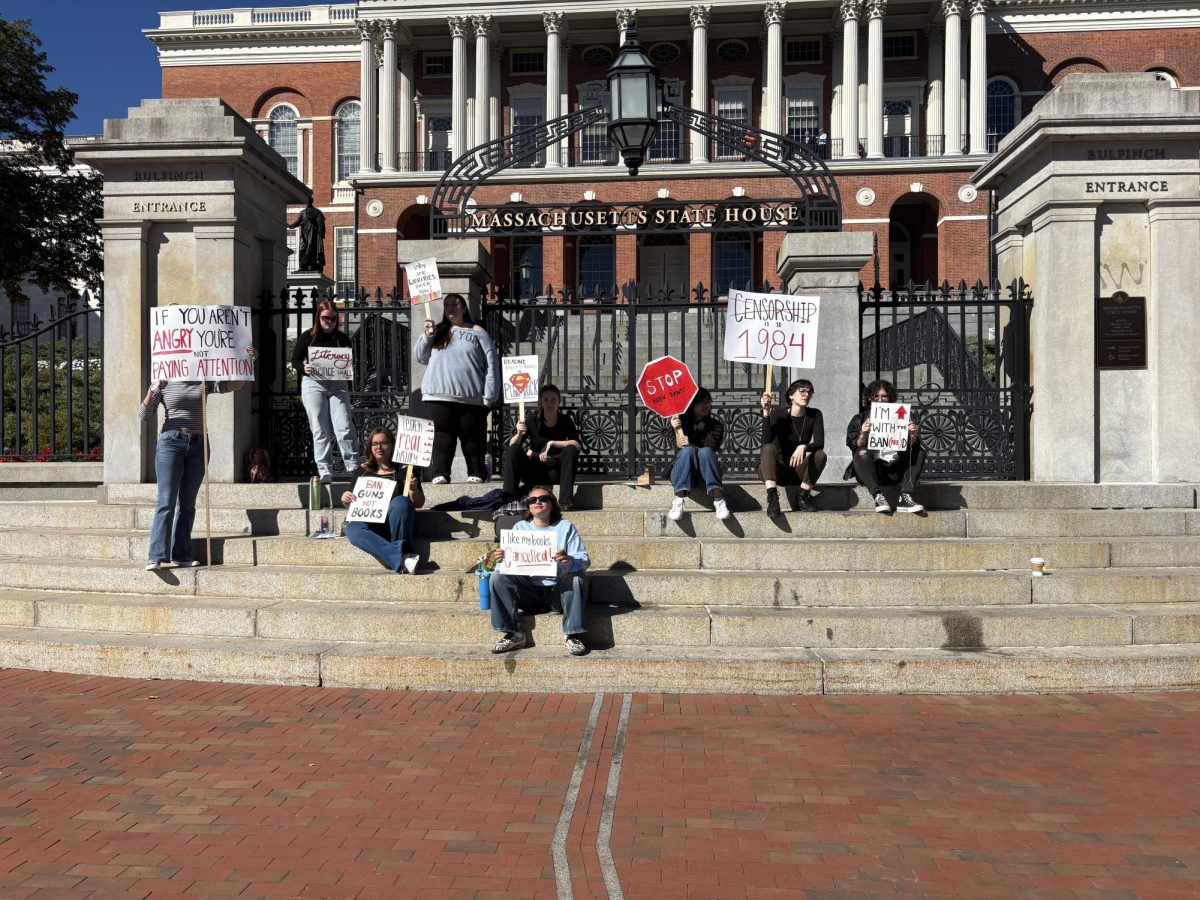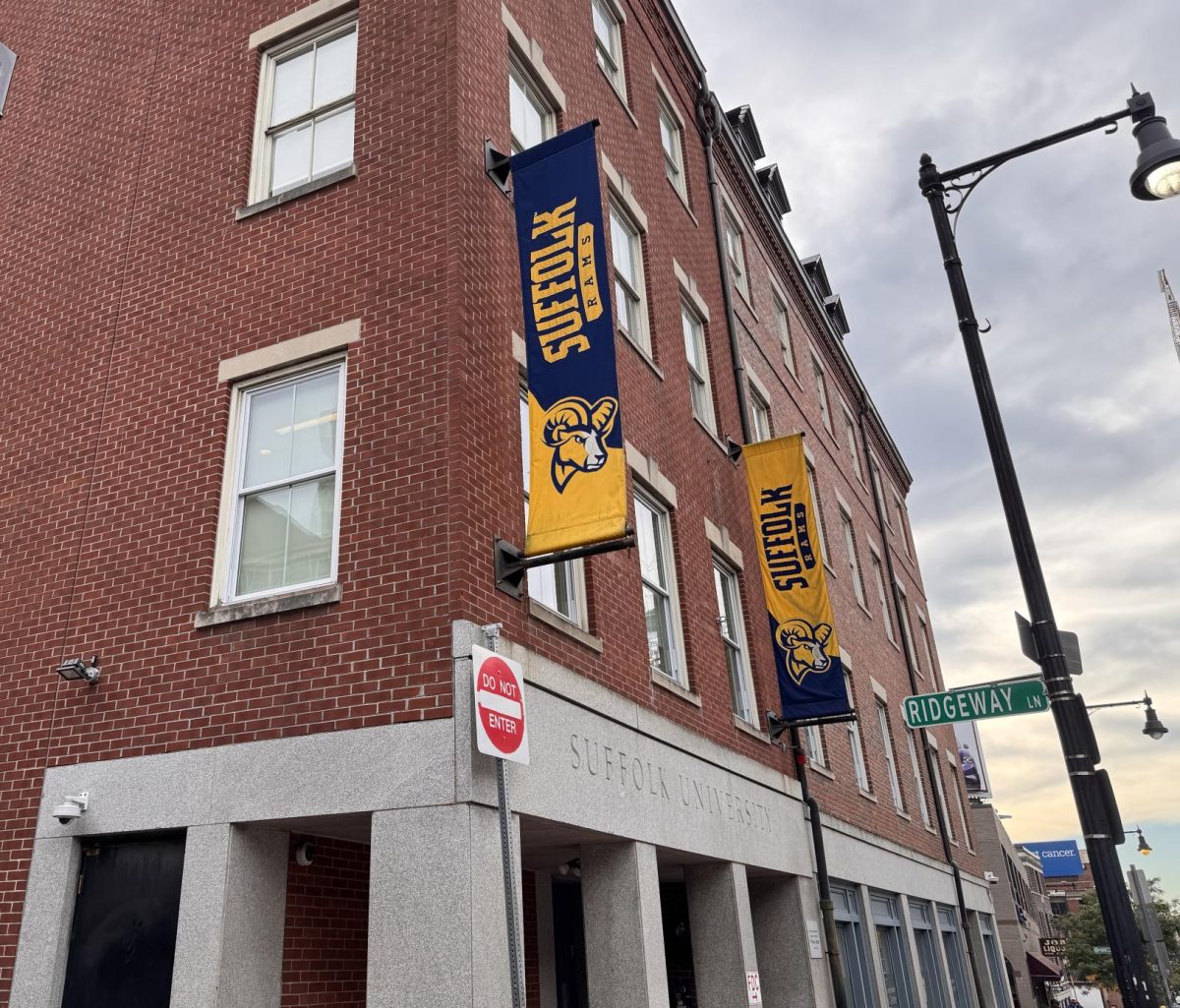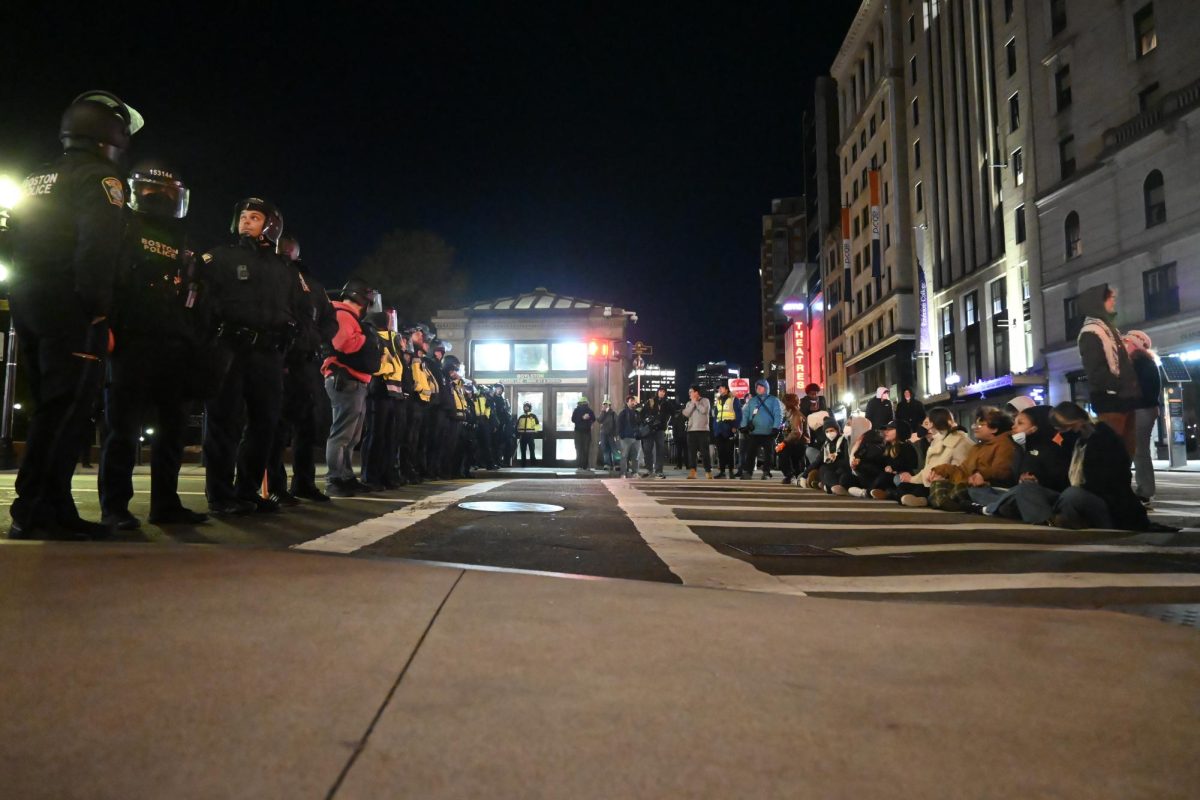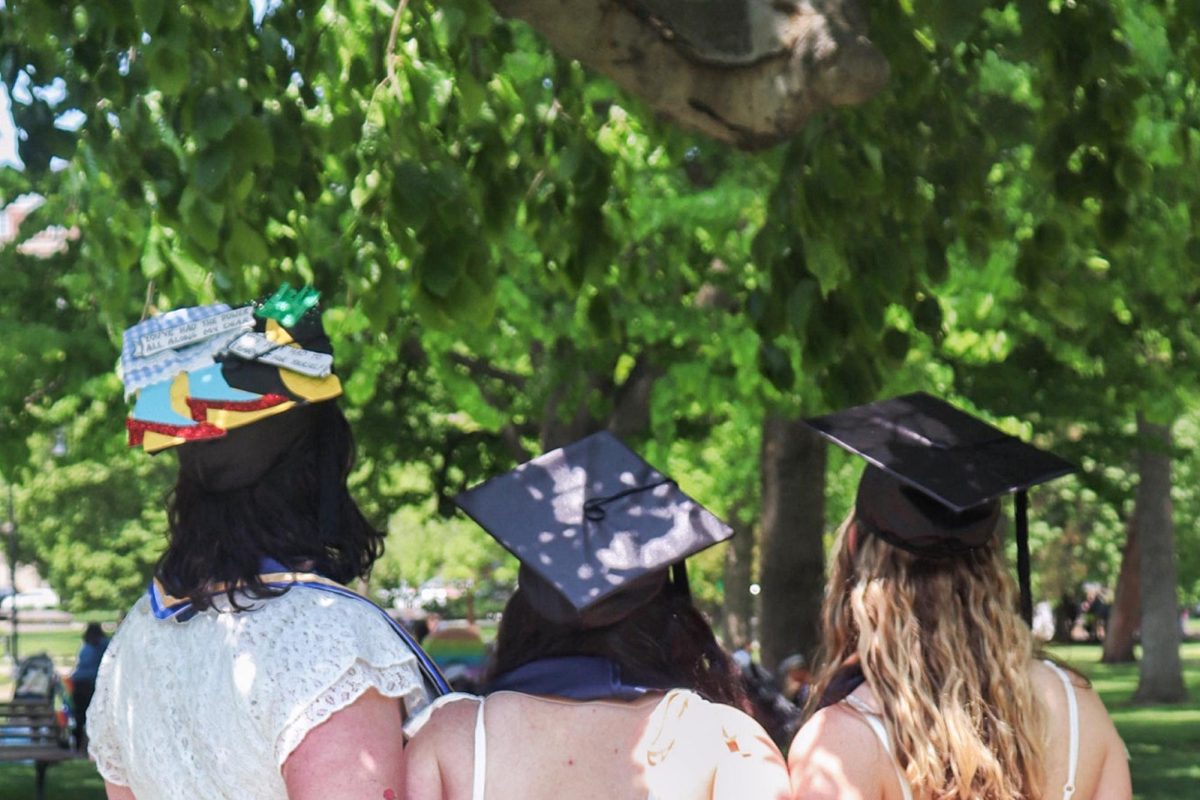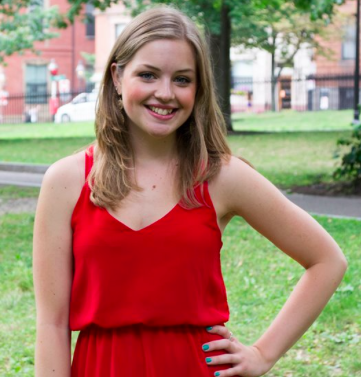While the Sawyer Business School sits comfortably at its home on Ashburton Place, the College of Arts and Sciences, Suffolk’s largest college, calls Temple Street home.
Before Temple Street was the CAS headquarters, it was Suffolk’s campus in its entirety. Suffolk University began as a one-building college completely located in the Archer building, and the university later acquired Donahue.
Today, Donahue and Archer house many of Suffolk’s classes, clubs, and offices, and surround the C. Walsh Theatre. The buildings, which are connected through multiple hallways, were once the Law School, and the Archer building bears the name of Suffolk’s founder.
So with all of this history sitting tight in the brick Beacon Hill buildings, it is no surprise that students and professors were shocked to hear earlier this semester that Donahue and Archer were up for sale. But, perhaps more surprised than current students were Suffolk alumni.
When alumna Michelle Miller Groves heard about the sale, she said she felt “devastated,” but understood that Suffolk is a university in transition.
Though detached from campus life, alumni who remember Suffolk fondly hold a place in their hearts for these two buildings.
“That’s where all of us kind of got to have a huge diverse marriage of cultures,” said Miller Groves, who graduated with a bachelor’s degree in sociology in 2005 and her master’s degree in communication in 2008.
Miller Groves’ fondest memories of student life at Suffolk revolve around time spent on the fourth floor of Donahue.
“Practices, meetings and hanging out in front of the television, watching Jerry Springer,” she recalled, “We all found significant friendships through that.”
Miller Groves founded the step team during her sophomore year, she said, and was the president of the Caribbean Student Network her senior year.
The step team practiced on the fourth floor and often performed in the C. Walsh Theatre and the Donahue Cafe.
The buildings aren’t just fondly remembered by former students. A look through the university’s Moakley Archive and Institute display a rich history of the transformation and use of Donahue and Archer.
Photos clipped from newspapers show students and faculty walking down the street. Information on a $600,000 renovation project to the Donahue and Archer buildings can be read; at the time, the Archer building contained a library and student lounge.
The history of these buildings stored safely in the archives is nearly endless. It contains photos of Donahue and Archer being built, a photo of Frank J. Donahue signing paperwork for the building that bears his name, and more.
Despite the history of these buildings, Suffolk is in the process of moving the university off Beacon Hill.
The move was announced in early February, and the real estate company Jones Lang LaSalle is selling the building. That company was also the one tapped to sell Fenton last year.
Alumni Paul Nevins, who received his undergraduate degree in 1966 and his juris doctor in 1982, said Suffolk should not have placed Donahue and Archer on the market.
The Beacon Hill Civic Association has supported Suffolk’s plan to move off Beacon Hill, after recent years marked by complaints regarding the amount of noise and foot traffic from students around the historic neighborhood.
When the university made plans for the 20 Somerset building, the initiative to move Suffolk off Beacon Hill was put in motion.
“It’s not a decision where people were broadly consulted … I think it was a bad decision,” Nevins said. “They could have fought the Beacon Hill Civic Association.”
The city of Boston assessed the Donahue building, including its land, to be worth more than $7 million. Archer was assessed at being worth more than $9 million.
Suffolk could close on a sale of the buildings “relatively soon,” according spokesman John Nucci.
“We’ve had a healthy number of potential bidders,” Nucci said.
Nevins, who graduated with a degree in government and history, remembers the tight-knit campus community that all shared one building, when Suffolk was only in Archer.
Some of his greatest memories of Suffolk, he said, were interacting with faculty.
“It was not uncommon for us to regularly go to parties in their apartments,” he said. “They also expected you to be a top performer.”
Nevins was a student when Suffolk considered buying land where UMass Boston is located, and when the university considered making Donahue a parking lot instead of an academic building.
What Donahue will become after its sale is unknown. The Beacon Hill Civic Association previously told the Journal it supported transforming the buildings into low-impact housing units.


